Spotting Books That Encourage Children to Sharpen Their Eyes
Posted by Yamini Vijayan on October 28, 2016Spotting books are a great way for children to engage with the book actively and for the reading experience to be an immersive one. It encourages them to explore the illustrations, and also make connections between words and images. We’ve been looking at a range of spotting books and it’s fascinating to see the different ways in which spotting has been made appealing to children. Here are a few books and illustrations that caught our attention!
How many animals and birds can you spot in this illustration by Vinayak Varma from 'Jadav and the Tree-Place'?
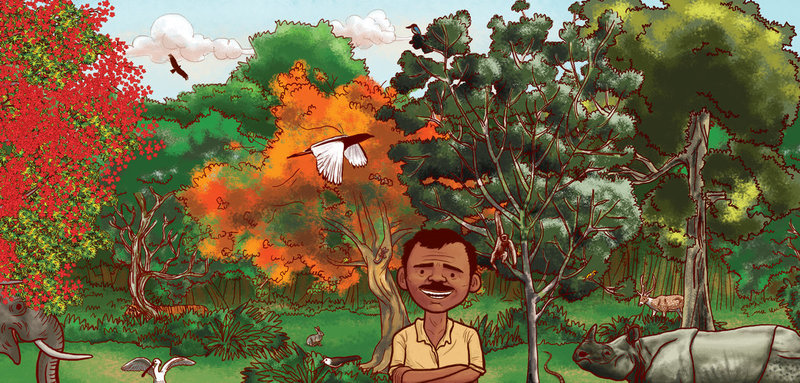
Scholastic has a range of spotting books ('I Spy' series). You can see their entire collection here.
Usborne has a collection of really amazing spotting books too: from bugs and butterflies, to adventures under the sea and in the night sky. In these, there are MANY things to spot. Here is an example.
Then there are the really clever ones, like Delphine Chedru’s ‘Spot It!: Find the Hidden Creatures’ and ‘The Odd One Out’ by Britta Teckentrup. In these, there are fewer things to spot but what makes it compelling is the imaginative manner in which the objects or creatures are hidden. It even works as pattern recognition.
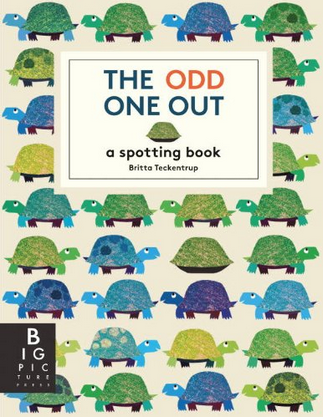
Closer home, there are wonderful books by renowned author-illustrator Manjula Padmanabhan which have been published by Tulika. Take a peek at ‘I Am Different!’ and ‘We Are Different!’. Manjula Padmanabhan has also created wordless books for National Book Trust, which are bursting with interesting details because of which they also work as fantastic spotting books. Here's 'A Visit to the City Market' which was published by NBT in 1986.
One of our absolute favourite illustrations from Pratham Books titles' ('City of Stories') is this incredible illustration by the late Bindia Thapar. So much scope for spotting in this, right?
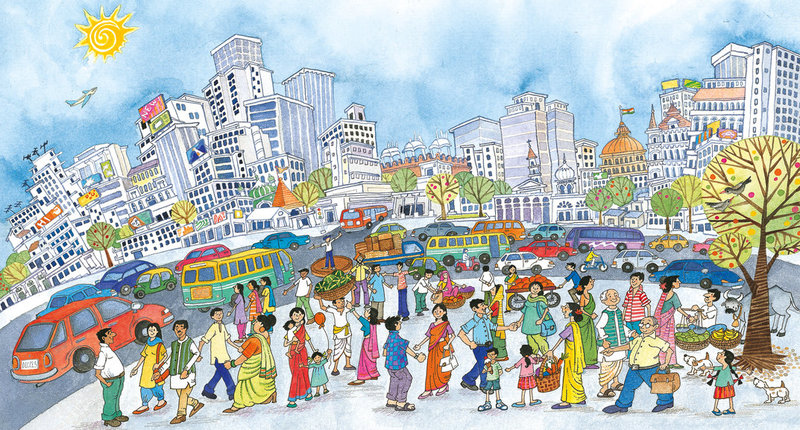
Hope this has inspired you and given you more amazing ideas for Spotathon! For more Spotathon details related to image size, how to submit your entries and the children we work with, click here.
Be the first to comment.Diversity in Children's Books: Why it Matters
Posted by Yamini Vijayan on July 01, 2016This year, we published a book called 'How Do Aeroplanes Fly?' on StoryWeaver in 10 languages. The book – written by Aditi Sarawagi and illustrated by Lavanya Karthik - was recently introduced to a group of children in Kota, Rajasthan, by a colleague during one of her field visits. One of the interesting observations she had made was that the children – both boys and girls – were struck by the mention of female pilots. “We didn't know that women could fly planes,” one of them had said to her. You can watch a related video here.
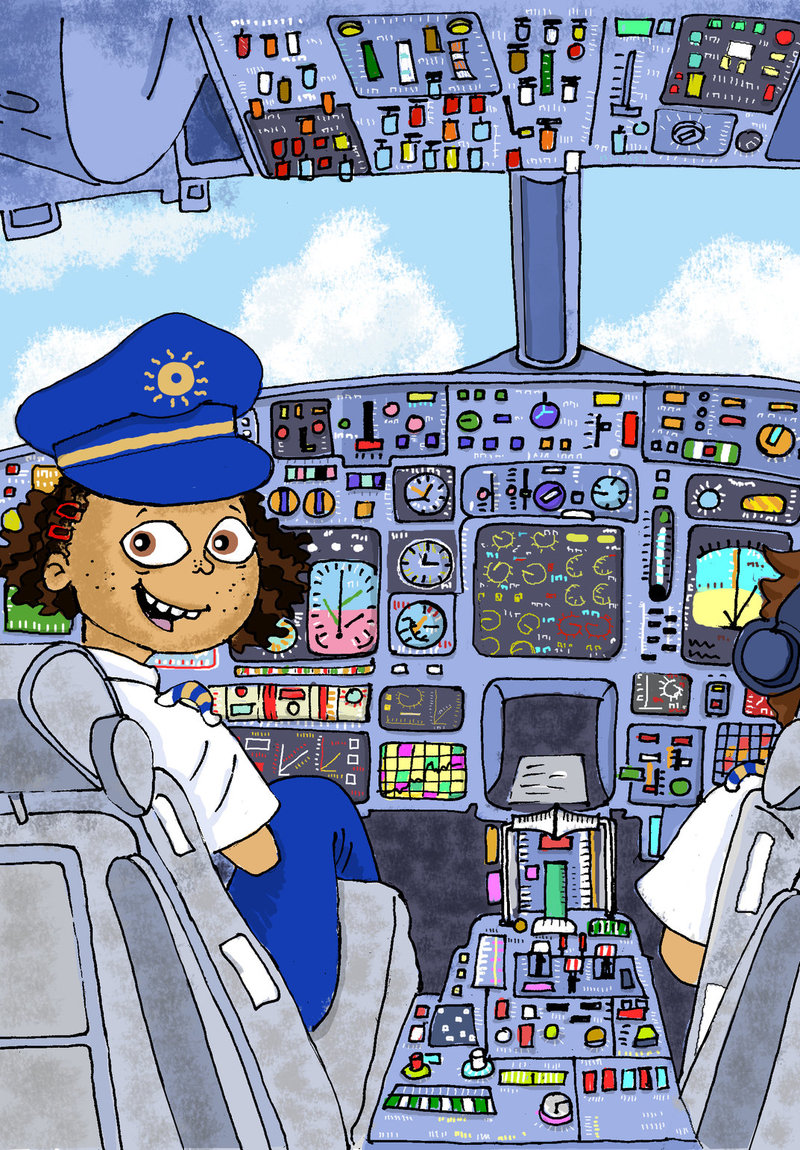
While I'm aware of disparities existing in every corner of India, this still took me by surprise. It also made me realize that all the thinking we do, as publishers, teachers and parents – which often feels like overthinking – is most definitely a good thing. Including a woman pilot and an Indian one at that had made a difference here, after all.
Over the last couple of years, there has been a lot of conversation around the growing need for diverse and inclusive books. And what does diversity mean, you ask. I suppose it could mean a range of things: from gender and religion, to language and ethnicity. The website We Need Diverse Books has listed down their vision as “A world in which all children can see themselves in the pages of a book." In India, initiatives like @genderlogindia and BAM! Books have actively helped keep this conversation alive.
In 2012, a national consultation involving experts from institutions, authors, editors, publishers, librarians and educators was organized by National Book Trust. 'The Good Books Guide', the document that emerged from this gathering, speaks about diversity and inclusion in its section on values. “There is a need to realize that many groups – and their world-view and perspectives – are often ignored in children's literature. For instance, girls, tribal or dalit children, children with special needs, working children and those living in urban slums, don't get enough representation in mainstream literature.”
When I think about the first set of books that were published on StoryWeaver (released digitally first), a few titles come to mind. To be completely honest though, it feels odd to be calling these books diverse. Why should a boy cooking be thought of as diverse? Why should a book featuring a single-parent household be slotted as diverse? Just because there are characters from the North-East of India, should a book be treated as diverse? Children living near a garbage dump... diverse?
Here's the thing though. There aren't enough children's books, especially in India, in which boys or men are shown to be cooking. Single-parent households in children's books? Hardly. Characters from the North-East? A handful. Well, you get the point. In a world in which children are surrounded with fear, prejudice and suspicion, these stories – which include multiple perspectives and help build empathy - become all the more important. Stories with diverse characters will help them realize that 'the other' – in any regard – is more like them than they had imagined. And that even if they weren't, these differences are to be celebrated.
If we want our children to be independent in their thinking, we certainly need to give them access to rich and eclectic narratives that not only only inspire curiosity, but also show rigid patterns being broken gracefully. In Ross Montgomery's recent article on 'Why Writing Diverse Children's Books is Tough', he addresses a lot of issues that well-meaning authors are likely to run into. After all, you don't want to include diverse characters in your book just for the sake of having diversity, do you? But as he points out, “We all have to strive to create well-rounded diverse characters and find new ways of writing. The fact that it’s hard isn’t a good enough excuse: we have to step away from the established paths and take more risks. Who knows - we might even find a better one.”
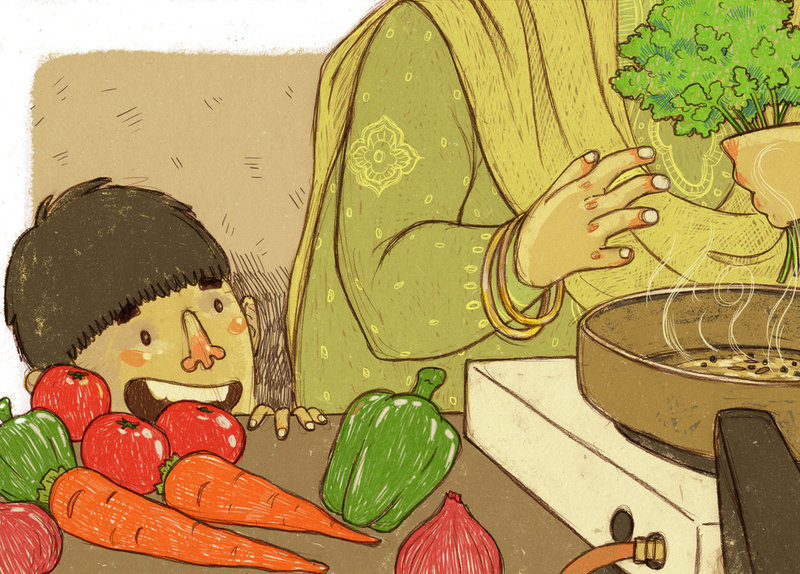
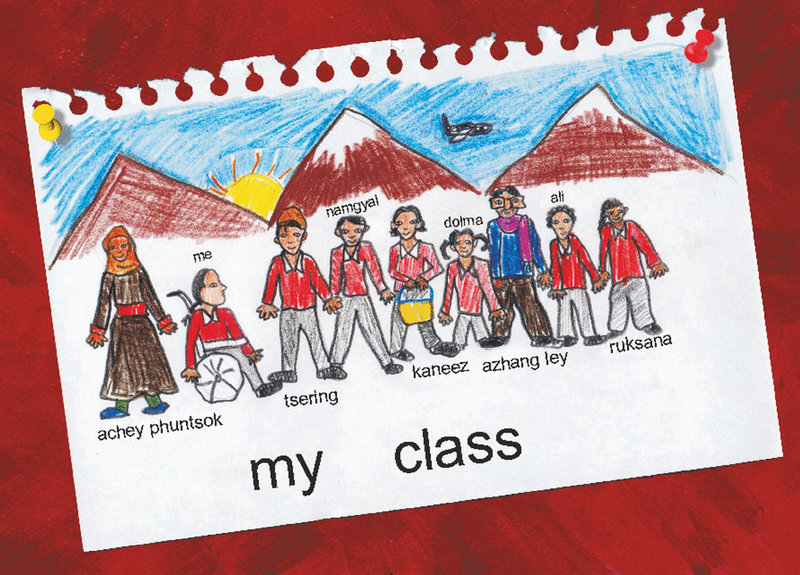
And while you're (hopefully) contemplating these rather baffling questions, allow us to make suggestions of a few books that we consider diverse. Please add your book recommendations in the comments section below.
Favourites from StoryWeaver & Pratham Books
Please note that all these books are available in multiple languages.
1. Bonda and Devi
In this story of unlikely friendship, Devi – one of the protagonists – is physically challenged. Set in the future, we had to make the wheelchair kind of futuristic as well. Spot it?
2. Where Did Your Dimples Go?
Langlen's father is Tamil and mother is Manipuri. It was just before this story was illustrated that one of the contributors suggested that Langlen's (formerly known as Leela) mother be from the North-East region of India, since it is hugely under-represented in children's books.
3. Dum Dum-a-Dum Biryani
Bored of seeing only women cooking in children's books? Finally, a boy who loves to cook! Meet Basha, who loves to hang around in the kitchen as his Ammi cooks all kinds of delicious dishes.
4. A Helping Hand
Told through a series of letters, this is a moving story of acceptance and blossoming friendship.
Set in Ladakh, this is the story of Chuskit, a differently-abled girl who longed to go to school but was unable to because she could not walk. But after a nine-year wait, she is finally able to go to school!
6. Freedom Run
In many tiny villages in Uttar Pradesh, small children work long hours at the looms to create carpets famous around the world for their intricate designs. This is a story about the forgotten children of India.
7. Didi Ka Rang Biranga Khazaana
Living close to a garbage dump, these children run around garbage all day, without attending school. But then one day, Didi walks into the dump, changing their lives forever. Meet Didi and her young friends in this wonderful story that celebrates the joy of reading.
8. Adikhani series (a set of 10 bilingual books)
Drawing inspiration from the challenges facing tribal education, three organisations (Pratham Books, Ignus-ERG with the support of Bernard van Leer Foundation) held writing workshops with authors speaking Saura, Munda, Kui and Juanga languages to create picture books for early readers. These charming stories are drawn from the rich oral tradition of various tribal languages and the illustrations use tribal art with a contemporary twist. The script used in these books is Odia.
Dichi, a brave Bhotiya girl, takes part in the Chipko movement to save her beloved trees.
10. Manikantan Has Enough
Manikantan isn't pleased about having moved from his beautiful village to Smart City where his every move is being watched. But he did it for Amma, who is his mother and father and all the family he had in the world.
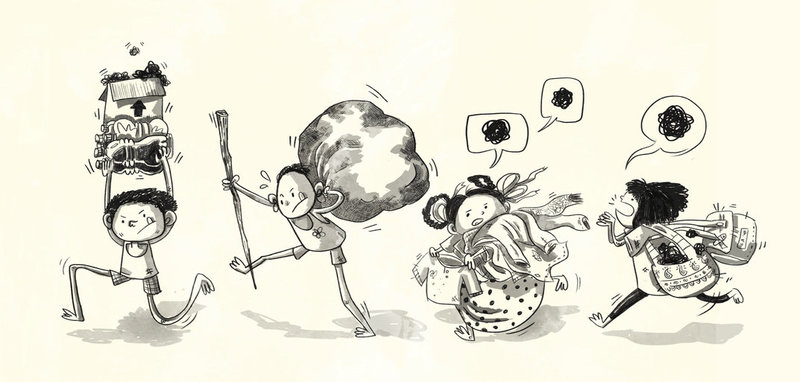
Favourites From Other Publishers
1. 'Bhimrao Ambedkar: The Boy Who Asked Why' by Sowmya Rajendran and Satwik Gade (Tulika)
2. 'The Princess with the Longest Hair' by Komilla Raote and Vandana Bist (Katha)
3. 'The Lonely King and Queen' by Deepa Balsavar (Tulika)
4. 'The Sackclothman' by Jayasree Kalathil (DC Books)
5. 'Dear Mrs. Naidu' by Mathangi Subramanian (Young Zubaan)
6. 'Simply Nanju' by Zainab Sulaiman (Duckbill Books)